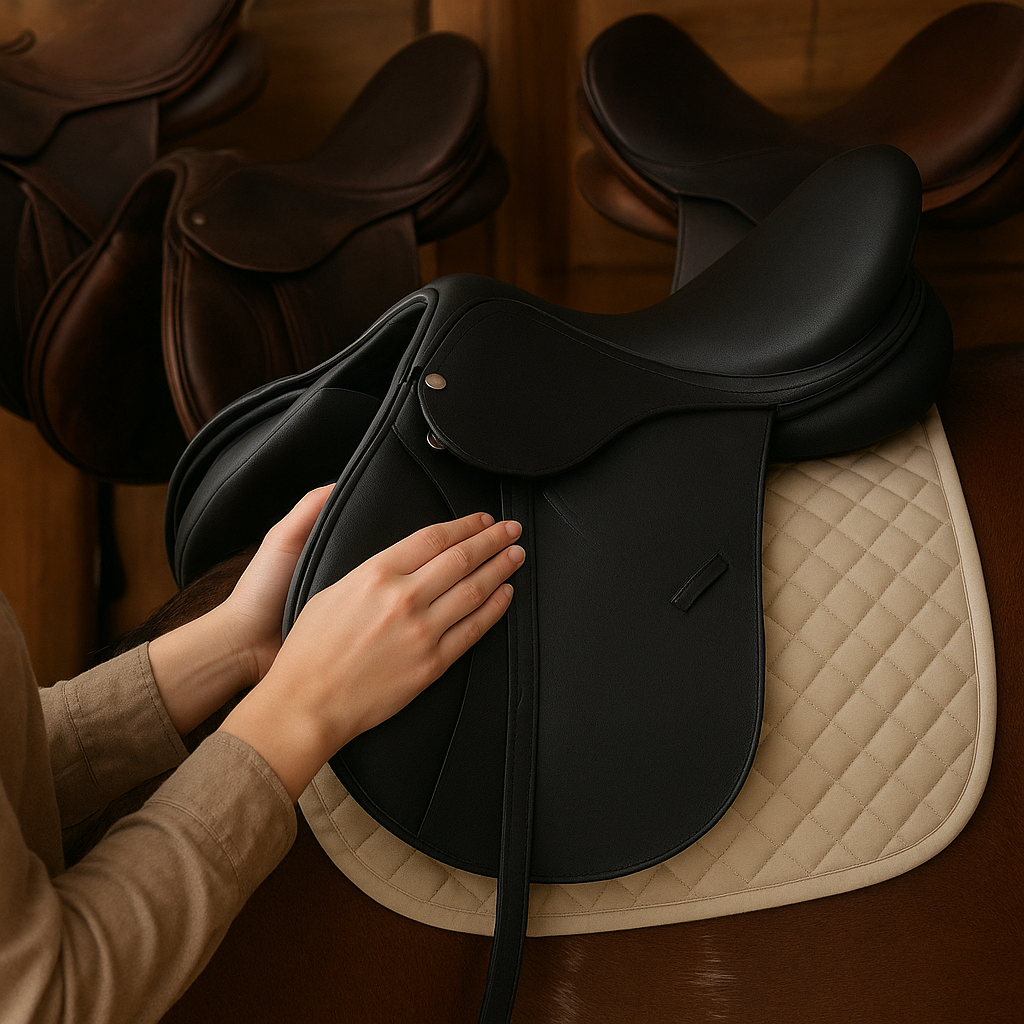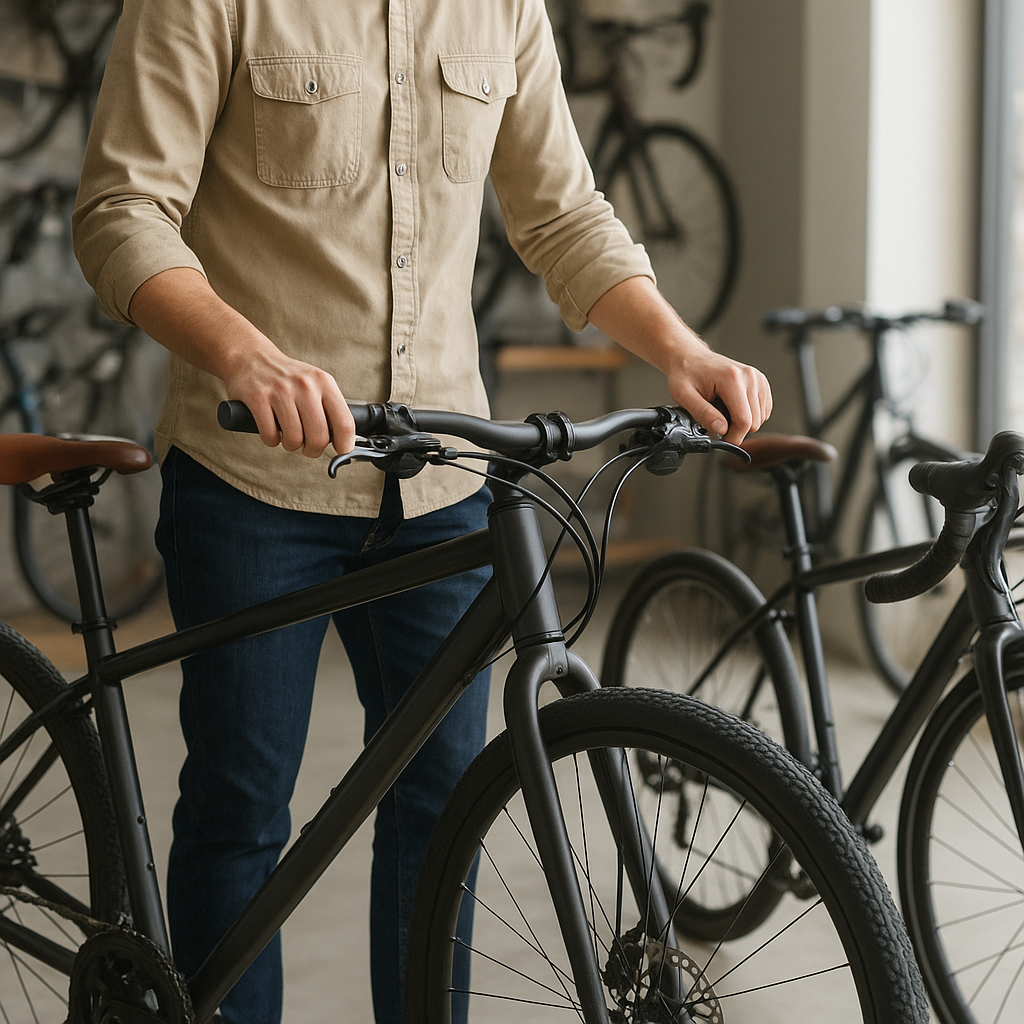
Bicycles have evolved significantly over the years, catering to various needs and preferences of riders. This comprehensive guide aims to introduce you to the different types of bicycles available today, helping you make an informed decision when choosing the right bike for your needs.
Road Bicycles
Road bicycles are designed for speed and efficiency on paved surfaces. They are characterized by their lightweight frames, narrow tires, and drop handlebars. These features allow riders to achieve high speeds with minimal effort, making road bikes ideal for long-distance rides, racing, and commuting on smooth roads.
Types of Road Bicycles
- Racing Bikes: Built for competitive cycling, racing bikes are extremely lightweight and aerodynamic. They feature aggressive geometry, which positions the rider in a low, forward-leaning stance to reduce wind resistance.
- Endurance Bikes: Designed for long-distance rides, endurance bikes offer a more relaxed geometry compared to racing bikes. They provide greater comfort over extended periods, with features like wider tires and vibration-damping materials.
- Time Trial Bikes: These bikes are optimized for solo efforts against the clock. They have specialized handlebars and frame designs to maximize aerodynamics, allowing riders to maintain high speeds over time trial courses.
Mountain Bicycles
Mountain bicycles are built to handle rough terrains and off-road trails. They are characterized by their sturdy frames, wide tires with deep treads, and suspension systems that absorb shocks from uneven surfaces. Mountain bikes are perfect for adventurous riders who enjoy exploring trails, hills, and mountains.
Types of Mountain Bicycles
- Cross-Country (XC) Bikes: These bikes are designed for speed and efficiency on varied terrain. They are lightweight and have less suspension travel, making them suitable for climbing and fast descents.
- Trail Bikes: Versatile and capable of handling a wide range of terrains, trail bikes offer a balanced combination of climbing efficiency and descending capability. They typically feature moderate suspension travel and durable components.
- Downhill Bikes: Built for steep, technical descents, downhill bikes have robust frames and long-travel suspension systems. They are designed to withstand the rigors of downhill racing and extreme trails.
- Fat Bikes: With their oversized tires, fat bikes provide excellent traction on soft surfaces like snow, sand, and mud. They are ideal for riders who want to explore unconventional terrains.
Hybrid Bicycles
Hybrid bicycles combine features from road and mountain bikes, offering a versatile option for various riding conditions. They typically have a comfortable, upright riding position, medium-width tires, and flat handlebars. Hybrids are great for commuting, recreational riding, and light off-road adventures.
Types of Hybrid Bicycles
- Commuter Bikes: Designed for daily commuting, these bikes often come with practical features like fenders, racks, and lights. They prioritize comfort and reliability for urban riding.
- Fitness Bikes: These hybrids are geared towards fitness enthusiasts who want a versatile bike for exercise. They are lightweight and efficient, making them suitable for both road and light trail use.
- Comfort Bikes: Built for leisurely rides, comfort bikes feature cushioned saddles, upright handlebars, and suspension systems to provide a smooth and enjoyable riding experience.
Electric Bicycles
Electric bicycles, or e-bikes, are equipped with an electric motor that assists with pedaling. This makes them an excellent choice for riders who want to cover longer distances with less effort or need assistance on challenging terrains. E-bikes come in various styles, including road, mountain, and hybrid models.
Types of Electric Bicycles
- Pedal-Assist (Pedelec) Bikes: These e-bikes provide assistance only when the rider is pedaling. The motor amplifies the rider’s effort, making it easier to climb hills and ride longer distances.
- Throttle-Controlled Bikes: These e-bikes can be powered solely by the motor, without the need for pedaling. Riders can control the speed using a throttle, similar to a scooter or motorcycle.
- Speed Pedelecs: Designed for higher speeds, speed pedelecs can reach up to 28 mph (45 km/h) with motor assistance. They are ideal for commuters who need to cover long distances quickly.
Folding Bicycles
Folding bicycles are designed for convenience and portability. They can be easily folded into a compact size, making them perfect for urban commuters who need to combine cycling with public transportation or have limited storage space. Despite their small size, folding bikes offer a comfortable and efficient ride.
Types of Folding Bicycles
- Compact Folding Bikes: These bikes have smaller wheels and fold into a very compact size, making them easy to carry and store. They are ideal for short commutes and urban environments.
- Full-Size Folding Bikes: Offering the ride quality of a standard bike, full-size folding bikes have larger wheels and more robust frames. They provide a balance between portability and performance.
- Electric Folding Bikes: Combining the benefits of e-bikes and folding bikes, these models offer motor assistance and can be folded for easy transport and storage.
Specialty Bicycles
Specialty bicycles cater to specific needs and preferences, offering unique designs and features. These bikes are often used for niche activities or by riders with particular requirements.
Types of Specialty Bicycles
- Tandem Bikes: Designed for two riders, tandem bikes have extended frames and dual sets of pedals. They are great for couples or friends who want to ride together and share the cycling experience.
- Recumbent Bikes: Featuring a reclined seating position, recumbent bikes provide excellent comfort and support. They are ideal for riders with back or joint issues, as they reduce strain on the body.
- Cargo Bikes: Built to carry heavy loads, cargo bikes have sturdy frames and large storage areas. They are perfect for transporting goods, groceries, or even children.
- Fixed-Gear (Fixie) Bikes: These bikes have a single gear and no freewheel mechanism, meaning the rider must pedal continuously. Fixies are popular among urban cyclists for their simplicity and low maintenance.
Conclusion
Choosing the right bicycle depends on your specific needs, preferences, and riding conditions. Whether you’re looking for speed, comfort, versatility, or convenience, there’s a bike out there for you. By understanding the different types of bicycles and their unique features, you can make an informed decision and find the perfect bike to enhance your riding experience.

